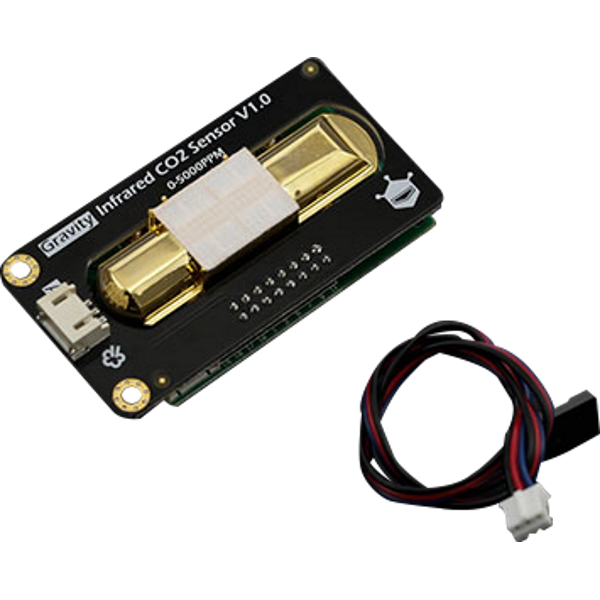
- #Dfrobot lcd keypad layout how to#
- #Dfrobot lcd keypad layout serial#
- #Dfrobot lcd keypad layout code#
- #Dfrobot lcd keypad layout Bluetooth#
The shield is designed for 'classic' Arduino such as the Uno, Duemilanove, Diecimilla, etc.
#Dfrobot lcd keypad layout Bluetooth#
This design includes a APC / Bluetooth v3 socket to enable you data transmission with your robot. This way, conflict with LCD pins on top of the board will not happen anymore. The used LCD pins are not exposed on top side of the board leaving only the unused ones. If you are planning to build something not attached to a computer and you need to check what is going on when you place it on position, this addition will prove very valuable to make sure the program is running well. This 1602 RGB LCD shield can not only be used in interactive. No more complicated wiring, you can directly plug this shield onto an Arduino controller, call the Arduino library, add a couple of lines of codes, then the screen can display numbers or characters. Displaying information right away help on most occasions when a computer is not at reach. The 1602 RGB LCD shield adopts an integrated design approach and I2C communication. Project applications require testing or debugging. This design allows you keep connecting sensors to the rest of the pins, and use it for monitoring or menu selection with the push buttons even for gaming. This lcd arduino shield has 5 keys - select, up, right, down and left which allow you move through menus and make selections straight from one board attached to your Arduino project without requiring a massive tower of shields.
#Dfrobot lcd keypad layout code#
It also exposes five analog pins with DFRobot color code for easy analog sensor plugging and display. The LCD shield supports contrast adjustment and back-lit on/off functions. Just one Analog Pin 0 is used to read the five pushbuttons. Pins 4, 5, 6, 7, 8, 9 and 10 are used to interface with the LCD. It includes a 2x16 LCD display and 6 momentary push buttons.
#Dfrobot lcd keypad layout serial#
Serial display - Accepts serial input, displays it.This is a very popular LCD Keypad shield for Arduino and other variants. TextDirection - Control which way text flows from the cursor.


#Dfrobot lcd keypad layout how to#
Hello World! - How to wire an LCD display and bring it to life.īlink - Control of the block-style cursor.Ĭursor - Control of the underscore-style cursor.ĭisplay - Quickly blank the display without losing what's on it. Liquid Crystal Library - Your reference for the Liquid Crystal library. But you can change the size of // your LCD using them:Ĭonst int numCols = 16 void setup ( ) See Also */ // include the library code: # include // initialize the library by associating any needed LCD interface pin // with the arduino pin number it is connected toĬonst int rs = 12, en = 11, d4 = 5, d5 = 4, d6 = 3, d7 = 2 LiquidCrystal lcd (rs, en, d4, d5, d6, d7 ) // these constants won't change.

This example code is in the public domain. This sketch prints to all the positions of the LCD using the There are many of them out there, and youĬan usually tell them by the 16-pin interface.

Library works with all LCD displays that are compatible with the For more circuit examples, see the Fritzing project page Codeĭemonstrates the use a 16x2 LCD display. For more circuit examples, see the Fritzing project page Schematic A 220 ohm resistor is used to power the backlight of the display, usually on pin 15 and 16 of the LCD connector To wire your LCD screen to your board, connect the following pins:Īdditionally, wire a 10k pot to +5V and GND, with it's wiper (output) to LCD screens VO pin (pin3). Pin headers to solder to the LCD display pinsīefore wiring the LCD screen to your Arduino board we suggest to solder a pin header strip to the 14 (or 16) pin count connector of the LCD screen, as you can see in the image above. LCD Screen (compatible with Hitachi HD44780 driver) setCursor ( 15, 1 ) // bottom right Hardware Required


 0 kommentar(er)
0 kommentar(er)
